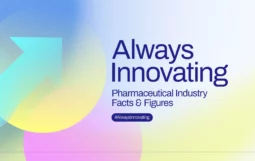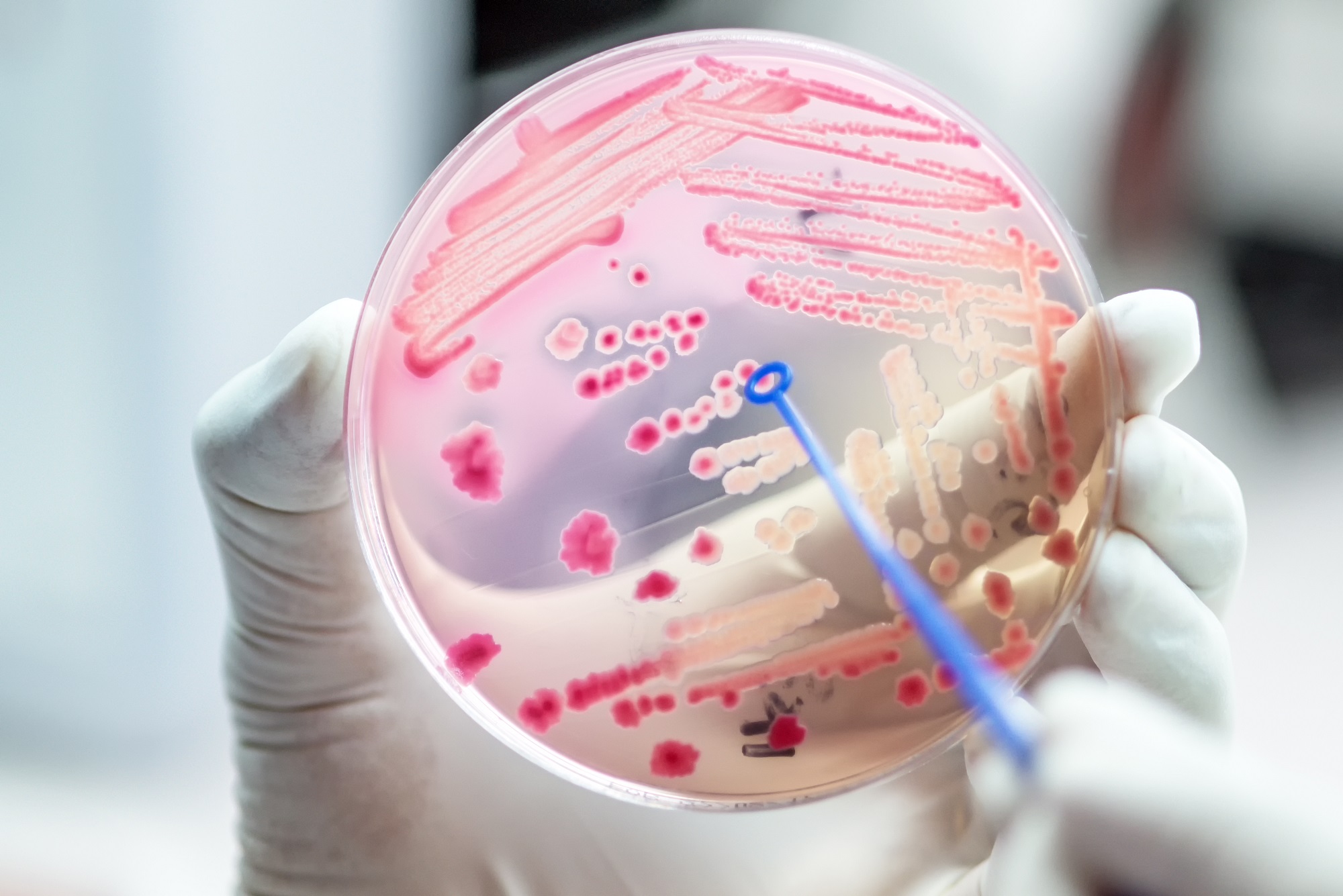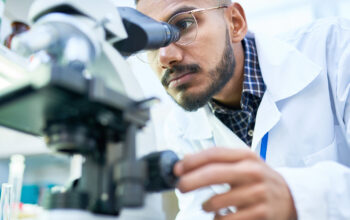Stand and deliver – practical steps to stop antibiotic resistance
This blog was first published on Life Science Leader and Pharma Times on 14 November 2017.
Stand and deliver – practical steps to stop antibiotic resistance
It is rapidly becoming the world’s biggest killer. Antimicrobial resistance (AMR) is on course to overtake cancer (8.2 million annual deaths) and account for 10m deaths a year by 2050. Already, 700,000, mainly among the world’s poorest, die from drug-resistant infections each year. By mid-century AMR could cost the global economy up to 3.5% of GDP or $100 trillion – and push 28m more people into poverty[1].
It is not alarmist to say that life-threatening infectious diseases such as pneumonia and tuberculosis could become untreatable while basic surgery such as caesarean sections and hip operations that depend upon antibiotics might become too risky to perform.
This need not happen. We all have it within our individual grasp to make better, more sparing, more effective use of antibiotics. Cancer may be hard to combat despite remarkable progress in cancer research and novel forms of treatment but governments, national/international public health authorities, the medical profession and others have the means and, increasingly, the will to defeat superbugs. This month (13-19 November) sees a world-wide awareness campaign in full swing.
The world is impatient for solutions to antibiotic resistance
A global consensus has clearly emerged that AMR will require concerted collaboration to effectively incentivize innovation, improve stewardship and strengthen access. New antibiotics, vaccines, diagnostics and adjunctive therapies are urgently needed to treat and prevent infections.
The life-science industry – research-based, generics, biotech and diagnostic companies – is determined to play its part, too. Last spring, it launched the AMR Industry Alliance, with 100+ members, to make good on its earlier commitments to curb AMR and measure progress in fighting it. This involves stepping up action to preserve the efficacy of existing antibiotics and to develop new ones.
Search for solutions is focusing the minds of life-science industry
The WHO recently reported there are already 51 new antibiotics and 11 biologicals in clinical development to treat priority antibiotic-resistant pathogens, as well as tuberculosis and the sometimes deadly diarrhoeal infection Clostridium Difficile. But this is not enough. We need more investments in basic science, drug discovery and clinical development. The big risk for now is that the market for new antibiotics is absent as any incentive to invest in new medicines fades when their sole purpose would be to be used only exceptionally.
And while measuring progress in research and science is essential, the Alliance also committed to tracking other aspects that impact AMR: access to treatment, appropriate use, and reduction of the environmental impact of manufacturing. And appropriate use is exactly what this year’s World Antibiotic Awareness Week rightly focuses on. Asking us all to look at what we can do today, here and now. Calling on us all to acknowledge antibiotics are a precious resource. Misuse puts us all at risk – since taking antibiotics when we don’t need them speeds up antibiotic resistance.
The 100+ Alliance members are working on reducing demand through better stewardship, including by making doctors and patients aware they should be more responsible in antibiotic use. We have all heard the saying: “what gets measured gets done”. For this reason, the Alliance has committed to tracking critical areas relating to the appropriate use of antibiotics: education of healthcare professionals and patients; appropriate promotional practice; integration of fast and accurate point-of-care and laboratory diagnostics; collection of surveillance data; reduction of uncontrolled antibiotic purchase.
Here are several ways the life-science industry helps to make sure we all take the right decision when it comes to antibiotics:
- Education to encourage correct use
Understandably, when we have a flu or a cold that persists, we expect our doctor to fix it. But according to a survey conducted by the European Union[2], more than half of the Europeans questioned were unaware antibiotics are ineffective against viral infections such as colds and flu. So if your physician prescribes an antibiotic, not only will it not make you better, it may contribute to building up resistance to antibiotics when you really do need them.
Making matters worse, patients routinely fail to finish the prescribed course and/or engage in (incorrect) self-diagnosis and then purchase over/under-the-counter or online. We all need to become smarter about antibiotics: me, you, physicians, payers, regulators, and politicians and those who advise them. The Review on AMR pointed to the need to make authorities aware of the need for improved packaging labels and much stronger regulatory response.
- Appropriate promotional practice to advance stewardship
In the normal course of their work, and within clear guidelines, company sales people share necessary information about their products with physicians and other healthcare professionals so that they can keep patients safe. In the course of these exchanges, there is clearly scope to drive home the message about the risks of inappropriate use of antibiotics. Another approach that companies are looking into is to change the bonuses traditionally associated with maximizing sales volumes. For example, GlaxoSmithKline’s sales representatives are no longer incentivized based on the number of prescriptions generated for products, but are rewarded based on expertise and quality of service. This is clearly work in progress, and the Alliance’s progress report is going to be invaluable in looking at best practices in using product promotion as a force for good in tackling AMR.
- Diagnostics to guide therapy decisions
Diagnostics play an invaluable role in fighting antimicrobial resistance. They guide the effective use of antibiotics by identifying the infectious agent, as well as any potential resistance to antibiotics, in order to help clinicians prescribe the most appropriate treatment with the shortest time delay. What’s more, they can reduce unnecessary use while helping to ensure that existing drugs remain effective. Sadly, despite the important role of diagnostics in helping rule out cases where antibiotics will not be effective, there are many situations in normal healthcare settings where they are not used as much as they should.
It is true that new methods are needed to address this problem – especially providing diagnostics that are suitable for use in the low-cost decentralised healthcare settings that exist in many lower-income countries. Today, diagnostic companies are exploring solutions which give more clinically relevant information from each test, give faster results, and are easier to perform. For example, as an alternative to targeted testing, syndromic testing can provide rapid results for many different pathogens all at the same time, thereby saving time and money and repeated testing. In parallel, existing diagnostics should be used more widely, as they are the first line of defence used by doctors to quickly decide on the right treatment for the patient.
- Surveillance data to assess impact of resistance
‘Know your enemy’ are the watch words in this case. Systematic and widespread surveillance is important to understand the geographic location and severity of resistant pathogens. Pharmaceutical companies have traditionally collected information as they need this for drug approvals. Now, companies are increasingly sharing the data they have been collecting, and as a result we can use the information to assess the scale of the problem, pin-point places where resistant pathogens exist, and make more informed decisions on the ground when assessing treatment solutions.
Pfizer, for instance, has a long-standing surveillance program, known as ATLAS, that has sourced information from over 200 hospitals. Findings are available through more than 50 published journal articles and 750 medical congress publications. The findings are also and perhaps more easily available, through an interactive online platform that enables physicians to evaluate data, conduct analyses, and export tables and figures that include parameters such as organism, region, specimen source and in vitro susceptibility data. GSK has a similar program to track antibiotic resistance called SOAR and Merck & Co., Inc. sponsors the Study for Monitoring Antimicrobial Resistance Trends (SMART), a worldwide surveillance study monitoring in vitro susceptibility patterns of clinical Gram-negative bacilli to 12 commonly-used antibiotics in 192 hospital sites in 54 countries.
The 2015 edition of the Global Point Prevalence Survey (G-PPS), a study supported by bioMérieux and coordinated by the University of Antwerp (Belgium) included more than 100,000 patients and mobilized more than 335 hospital centers in more than 53 countries on all continents. The current 2017 survey is further expanding that base, and will likely include even more hospital centers in more than 73 countries overall. The information obtained is used to create a global database dedicated to the surveillance of antibiotic consumption and resistance in hospital settings. This tool can be used by hospitals and countries to assess the appropriateness of antibiotic use, benchmark with other countries and regions, implement improvement projects and then measure their success with sequential surveys.
Also, a new initiative by the Institute for Health Metrics and Evaluation and the University of Oxford (funded by the Fleming Fund, the Wellcome Trust, and the Bill and Melinda Gates Foundation) will develop new methods to assess the total impact of resistance, in order to better inform health policies and to prioritize resources.
We need to better understand what we are dealing with, and keep vigilant all year round, not just on AMR awareness week. Next January, our Alliance of research-based pharmaceutical, generics, biotech and diagnostic companies, are going to present what it and they have done so far to help support more appropriate use of antibiotics – and to share ideas of what else can be done. The work continues!
References:
[1] The Review on Antimicrobial Resistance
[2] http://data.europa.eu/euodp/en/data/dataset/S2107_85_1_445_ENG
Featured Image copyright: GlaxoSmithKline
Author






